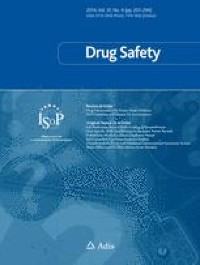Abstract
Introduction
Shortages of opioid analgesics critically disrupt clinical practice and are detrimental to patient safety. There is a dearth of studies assessing the safety implications of drug shortages.
Objective
We aimed to assess perioperative opioid analgesic use and related postoperative hypoxemia (oxygen saturation less than 90%) in surgical patients exposed to prescription opioid shortages compared to propensity score-matched patients non-exposed to opioid shortages.
Methods
We conducted a retrospective study including adult patients who underwent elective surgery at The University of California San Francisco in the period August 2018–December 2019. We conducted a Gamma log-link generalized linear model to assess the effect of shortages on perioperative use of opioids and a weighted logistic regression to assess the likelihood of experiencing postoperative hypoxemia.
Results
There were 1119 patients exposed to opioid shortages and 2787 matched non-exposed patients. After full matching, patients exposed to shortages used a greater mean of morphine milligram equivalents/day (146.94; 95% confidence interval 123.96–174.16) than non-exposed patients (117.92; 95% confidence interval 100.48–138.38; p = 0.0001). The estimated effect was a 1.25 (95% confidence interval 1.12–1.40; p = 0.0001) times greater use of opioids in patients exposed to opioid shortages than non-exposed patients. After full matching, a greater proportion of patients exposed to shortages (19.06%) experienced hypoxemia compared with non-exposed patients (16.91%). In addition, a greater proportion of patients exposed to opioid shortages (1.20%) experienced hypoxemia reversed by intravenous naloxone administration compared with non-exposed patients (0.44%).
Conclusions
Given the shortage prevalence, reliance on opioid medications, and related risk of respiratory depression, harm prevention measures remain critical to prevent postoperative complications that may compromise patients' safety.



Δεν υπάρχουν σχόλια:
Δημοσίευση σχολίου